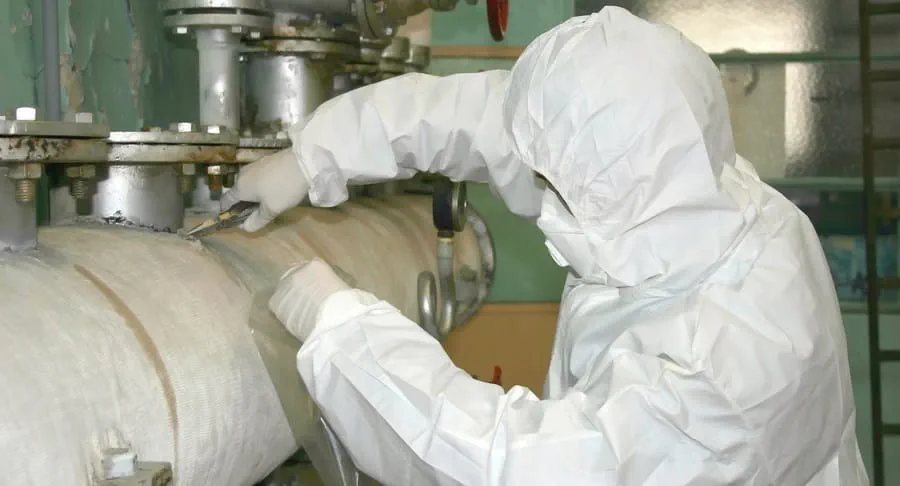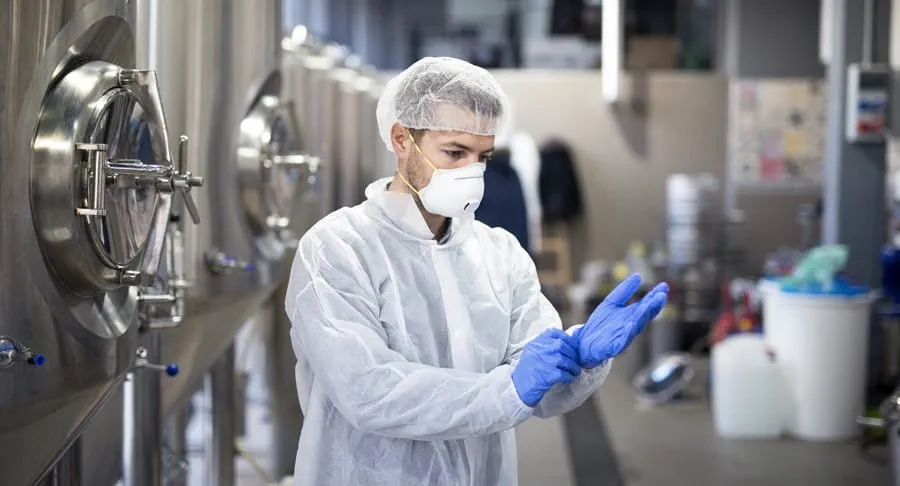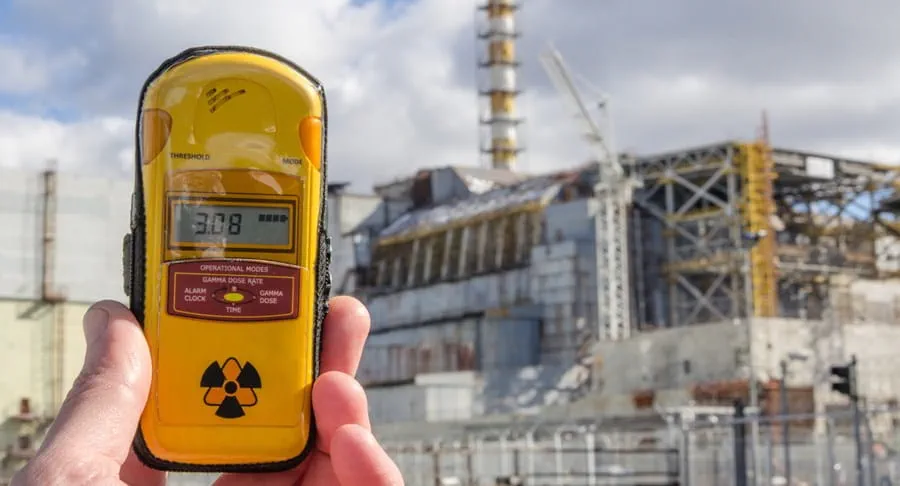Be safe at work
Your work environment may expose you to radiation or harmful chemicals that are linked to cancer. These cancer-causing substances are called carcinogens. Scientific evidence tells us that being exposed to carcinogens on the job is responsible for a small percentage of cancers.
Since higher exposure means greater cancer risk, the most important thing you can do to reduce your risk of cancer is to avoid being around these harmful substances – or reduce the time you’re around them.
Find out what you can do to protect yourself at work, and learn more about substances that are harmful to your health.
Protect yourself
Asbestos
Formaldehyde
Radiation
Sun and UV
Shift work and the circadian rhythm
Pesticides
Other
Your trusted source for accurate cancer information
With support from readers like you, we can continue to provide the highest quality cancer information for over 100 types of cancer.
We’re here to ensure easy access to accurate cancer information for you and the millions of people who visit this website every year. But we can’t do it alone.
Every donation helps fund reliable cancer information, compassionate support services and the most promising research. Please give today because every contribution counts. Thank you.







